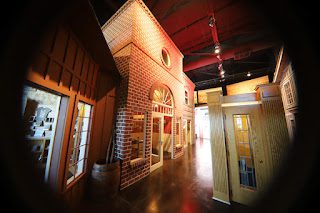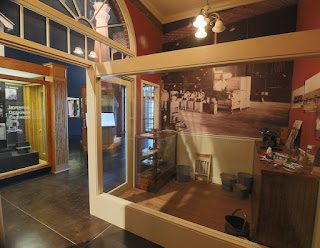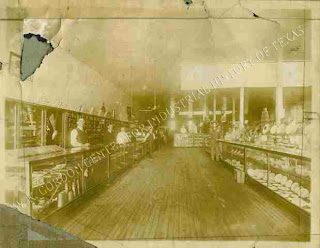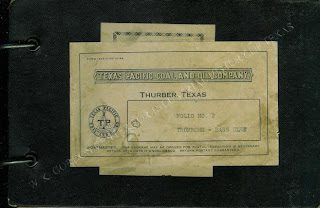“Our Story”

“Our story”
By Kyndall Howard Graduate Assistant
What is the purpose of learning about history? In school we learn lots of dates, battles, and events. We learn about leaders, and many kings with the same name but different numbers attached, in an attempt to keep them straight. But what is the point? There is so much information out there on so many different things, yet there is also very little evidence of so many parts of history. So why does it matter? Why should we care? Well, we care because it is our story.Our story is the story of human beings. More than just war or political doctrines, history encompasses the struggles and triumphs of daily life and society, a swirl of social issues and political banter. Often times, these issues are influenced by one another, thereby creating constant interactions that redefine how our history is interpreted. History is so much bigger than what we learn during our time at school, it is deeper and richer, with so many nooks and crannies that are waiting to be researched and discovered. And, the discovery of new information, new insight is what historians strive to accomplish. They look for the entire picture of what our story is. Our story isn’t just made up of the big battles or government, it is also ordinary, working people and the lives they lived.As historians are researching, redefining, and rediscovering the story of history, museums are housing the artifacts that describe that story. It is a museum’s responsibility to provide the most accurate picture of history that explains the past. They are a bridge between historical scholarship and general understanding of history. Instead of just books depicting a researcher’s discovery of history, the museum provides small snippets in a grander picture, punctuated with artifacts, interactive stories, and replications to provide an accurate description of the historical past directed towards the general public. The goal of the museum is to show you history, not just tell you about it, though it does that too. They make our story available for those that would like to explore it.

Courtesy of Tarleton State University
This relationship with history is one of the most beautiful and important aspects of a small museum such as the W. K. Gordon Center for Industrial History of Texas. This museum provides the history of Thurber, Texas, a company-owned coal mining town that boomed in the 1900s. The center provides the story of this once flourishing town, because the story of Thurber, Texas is not about just one company or the mining of coal, it is the story of the people that makes it unique. The museum strives to provide understanding throughout all aspects that made the town a home to thousands of people. Our story is in the company store, schools, churches, recreational activities, social groups; it is decorated by the ethnicities of the people, their traditions and interactions with each other. The story is pieced together with the industries the town provided, the unions that influenced it, and the demand of the goods the town could create. Though the physical surroundings of our story changed dramatically when the oil boom drowned the main industry of the town causing the town to dwindle down to a ghost town, our story of Thurber is still alive within the walls of our museum.

Courtesy of Tarleton State University
Our story, all of history, is woven in the fabric of people’s lives and all the struggles and triumphs that went with it. It is the delightful duty of the museum to preserve that legacy for any travelers that pass through and all the decedents that want to learn more about the stepping stones of their family history. Because history is our story, it is the inclusion of all who worked and played on the land, it is our responsibility to discover and preserve the stories of those people and to share our knowledge with any who are willing to listen.





